Tripatini
the world's smartest travel social network
The Top 10 Historical Sites to Visit in Iran
Iranian architecture reflects the rich history and culture of the country, especially its ornamental tiles and clever engineering masterpieces, yielding for example an amazing 20 UNESCO World Heritage Sites. Here are ten that visitors to Iran shouldn't miss.
Nasir-al-Mulk Mosque of Shiraz
A mosque like a jewelry box and one of the great historical places to visit in Iran, this architectural masterpiece of the nineteenth century, apart from its vivid patterns, beautiful windows, owes its reputation to its exceptional tilework. In fact, its pseudonym, the Pink Mosque, is ironically the right name for it. Its rose-colored tiles and amazingly ornate windows make the interior more attractive. The mosque has two non-identical northern and southern porches, and the northern porch is more beautiful than the southern one, with three half arches on three sides and running from the fourth to the courtyard. It four pavilions, and the middle roof is beautified with Iranian muqarna (also known as ahoopay) work. The southern porch has two minarets and there is a rectangular stone pond with a fountain in the courtyard.
Persepolis, Shiraz
With massive buildings and gigantic sculpture, this ancient city was the capital of the Achaemenid dynasty and a telling example of the period’s architecture. Its founder was Dariush the Great, after whom his son Xerxes and his grandson Artaxerxes I added to the expansion of the complex. Much of the available knowledge of the Achaemenid background and their culture is available due to stone inscriptions in these palaces and on the walls around the area. Historians believe that Alexander the Great, Macedonian commander in the 330 BC, attacked Iran, set fire to Persepolis, and probably destroyed a great deal of Achaemenid books, art, and artifacts. However the ruins of this place are still under excavation, and archaeologists confirm signs of fire and invasion. You shouldn’t miss Perspolis as one the most important historical places in Iran to visit.
Shah Cheragh, Shiraz
This is a mosque and a tomb which according to the Shiite beliefs is the resting place of Ahmed b. Musa Kazem, the eldest son of Musa Kazem and also Muhammad b. Musa (the latter was traveling to Khorasan to join his brother when he was killed by the people of Ma’mun, the Abbassid Calipha). The tombstone on the outside of this place is covered with glass tiles that reflects the light in all directions. This 14th-century shrine has been rebuilt over and over again for reasons such as earthquake and structural damage, but none of these interventions will affect the sensation that you get when you arrive.
Sheikh Lotfollah Mosque, Isfahan
The mosque is known as a masterpiece of Safavid architecture from the 17th century and its reputation is owed to its amazing tilework, its sophisticated structure, and the parts that make its encompassed feeling of purity manifest in light and color.
Sultan Amir Ahmad Bathhouse, Kashan
A traditional public bathhouse built in the 16th century, it gives an insight into the everyday life of the ancient Persians; it is decorated with turquoise, tiles of gold, and artistic painting. This place has a large dressing room and a hot water room. Today It welcomes domestic and foreign visitors as a museum.
Eram Garden, Shiraz
A quiet place built in the 13th century, the Eram Palace lies in the paradisiacal garden. It is as if the garden was built earlier than the palace in the 11th century. This subtle and tranquil three-story structure is built in such a way that it can convey the maximum flow of air to the lower floors. Colorful tiles are everywhere, juxtaposed to the magnificent gardens.
City of Yazd
Throughout many years, combined with its desert environment, the central Iran city of Yazd has been transformed into a single architectural masterwork of Persian culture. Its historic center, which includes the Yazd market, is made of adobe (one of the world's largest such cities) and has a unique system of wind turbines and air conditioning.
Jameh Mosque of Isfahan
This atmospheric mosque, said to be the oldest shrine in Iran, has been under continuous reconstruction during the 7th to 20th centuries, and has been recognized since 2012 as a UNESCO World Heritage Site. It's constructed in the form of a four-door architecture with four opposing faces.
Arg Bam, Kerman
This ancient city located in Kerman is another UNESCO World Heritage site in Iran. Bam is the largest brick building in the world, dating back 2,000 years ago to the time of the Parthian Empire. It has gone through many hard times, including a massive earthquake in 2003, but it has still remained a magnificent monument.
Golestan Palace, Tehran
Dating back to the early 16th century and built in its current form in 1865, this legacy of the monarchy of the Qajar Dynasty is filled with royal gardens and buildings and a collection of Iranian art from the 18th and 19th centuries. Unfortunately, many of the buildings in this place were destroyed by Reza Shah between 1925 and 1945 because he felt that the old architecture was preventing the modernization of Iran.
Videos
Groups
-
India
173 members
-
Tour Operators
873 members
-
Ireland
93 members
-
South Dakota
17 members
-
Azerbaijan
17 members
-
Shopping the World
55 members
-
Tech for Travel/Hospital…
87 members
-
Andorra
26 members
-
Online Corner
75 members
-
Minnesota
22 members
-
Backpackers & Hostels
84 members
-
Portugal
60 members
-
Turks and Caicos
26 members
-
Agritourism/Farmstays
72 members
-
Zambia
21 members
© 2025 Created by EnLinea Media.
Powered by
![]()
Badges | Report an Issue | Privacy Policy | Terms of Service
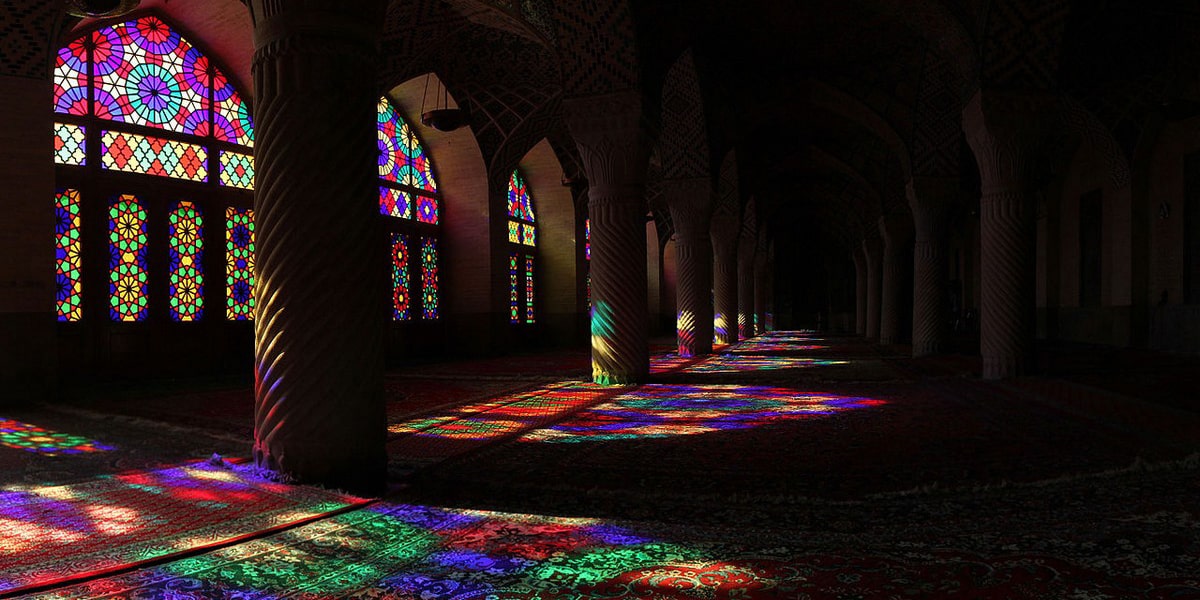
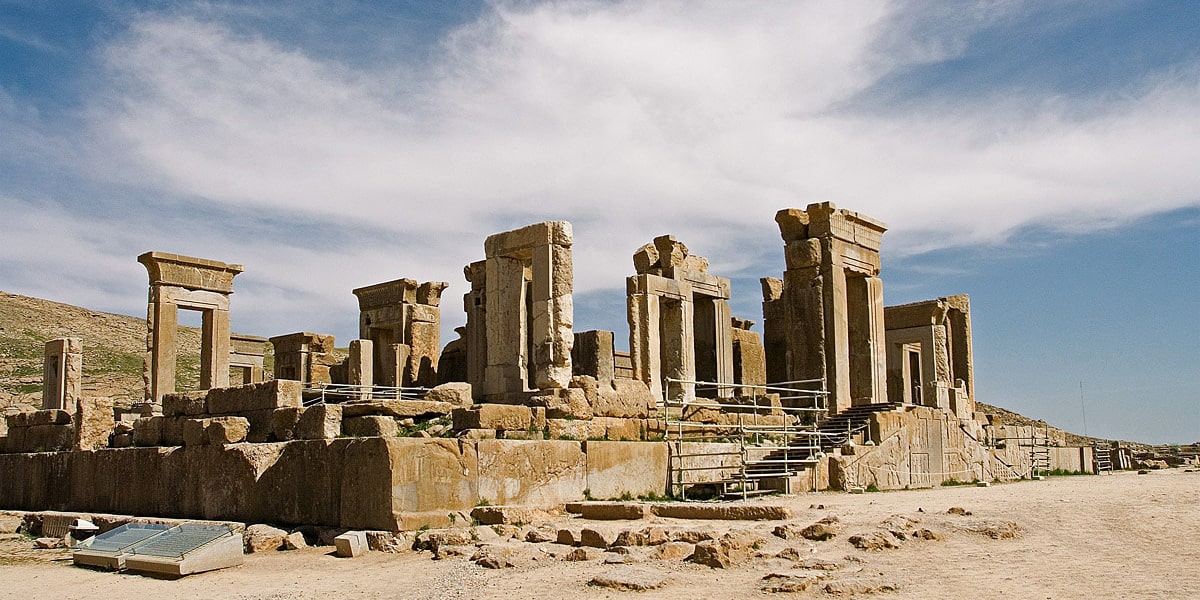
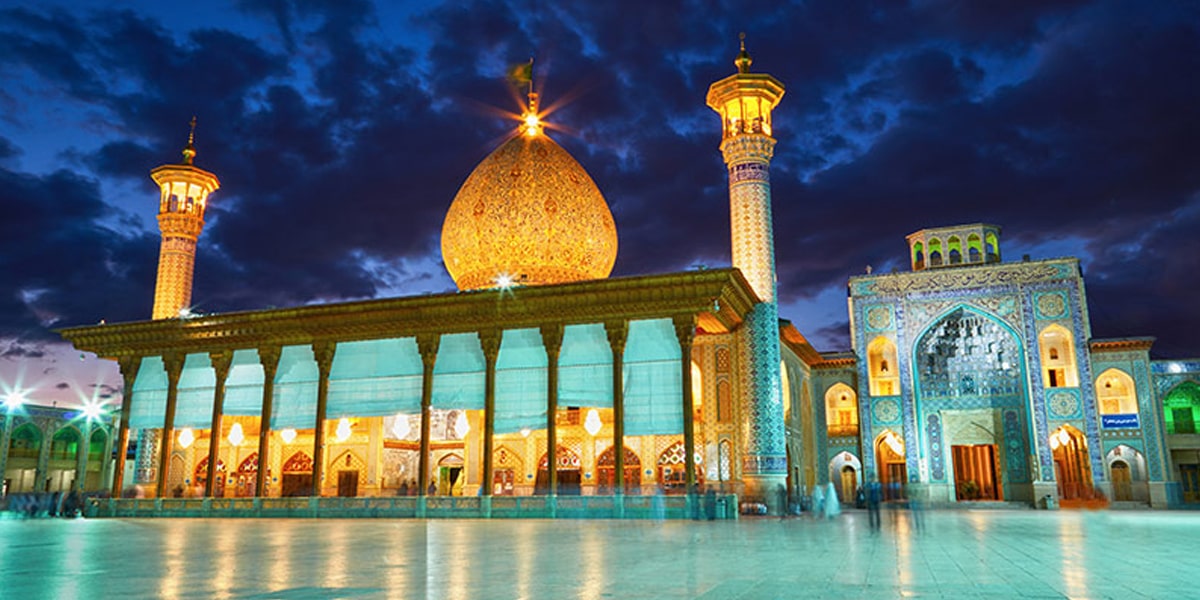
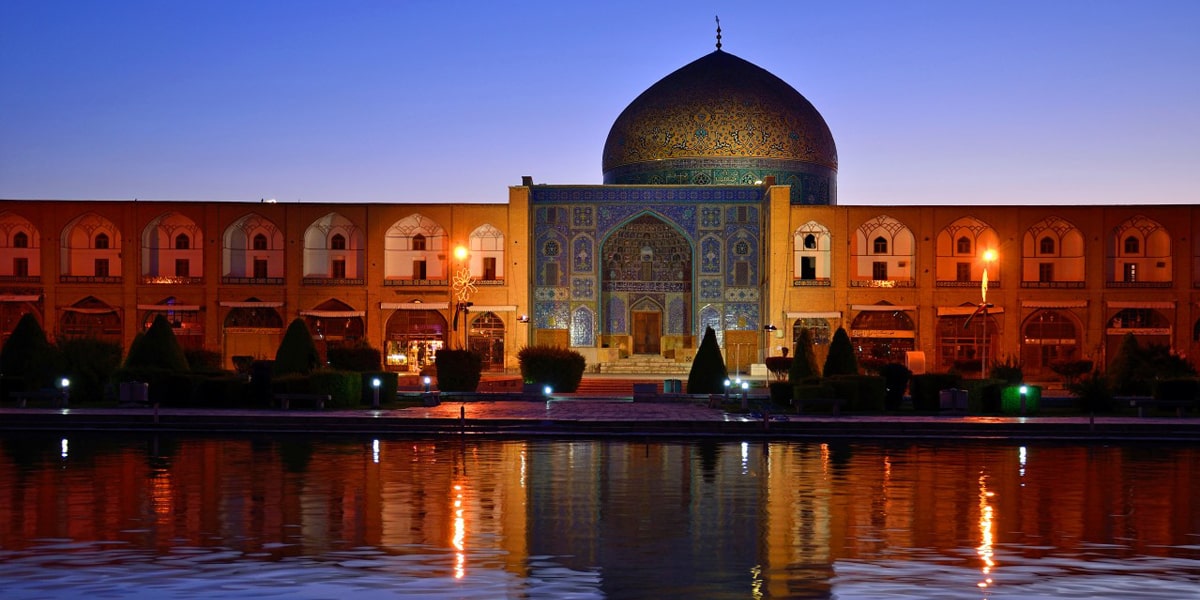
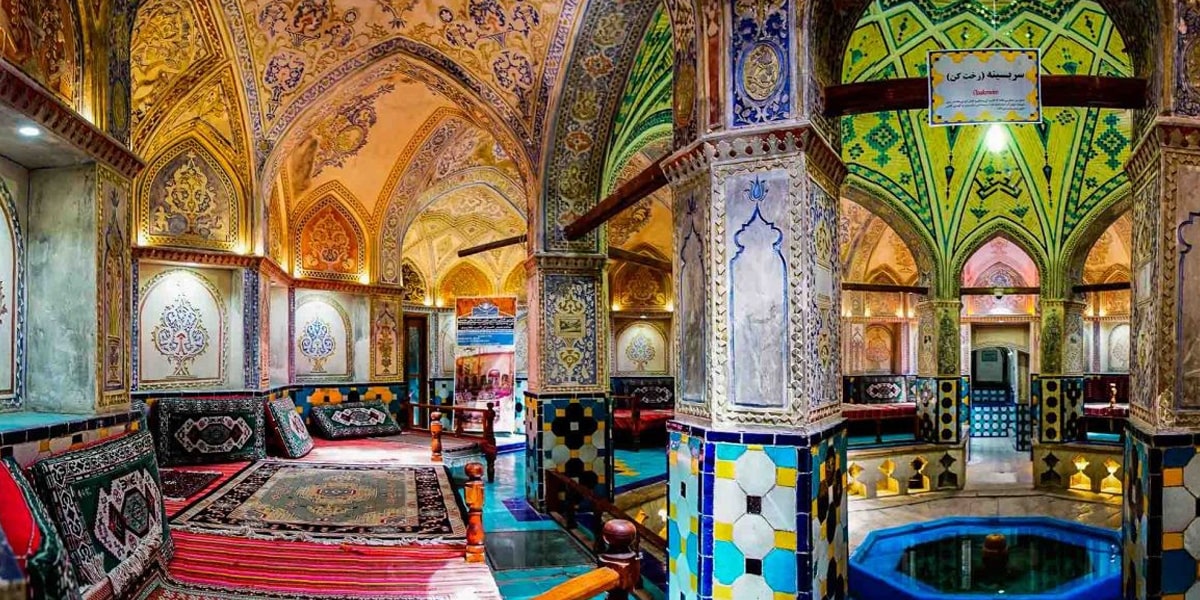
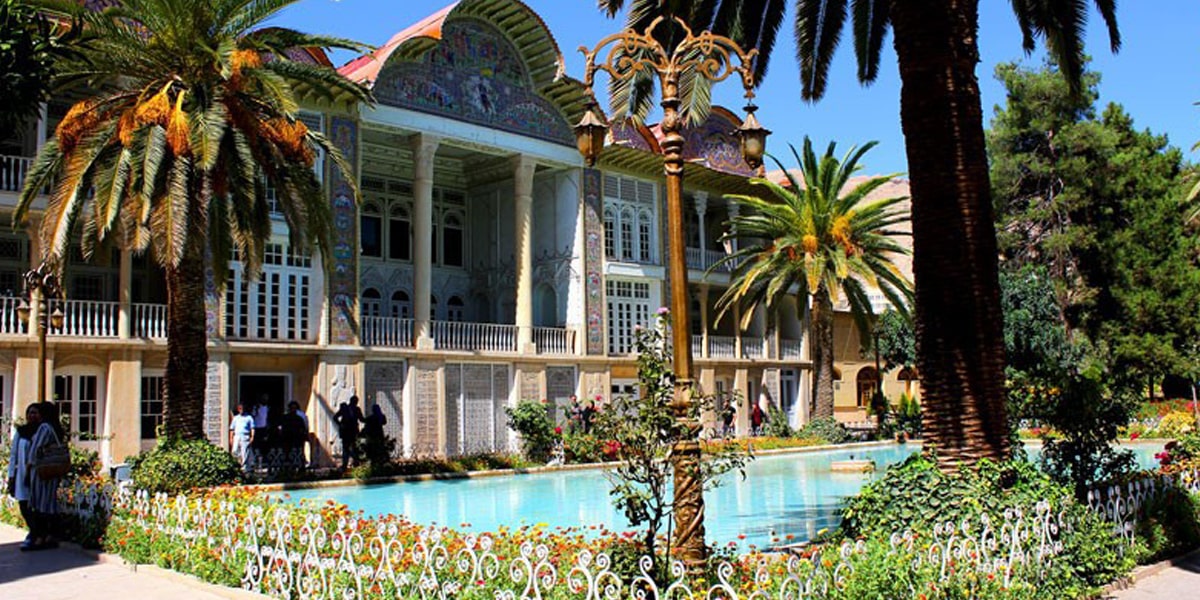
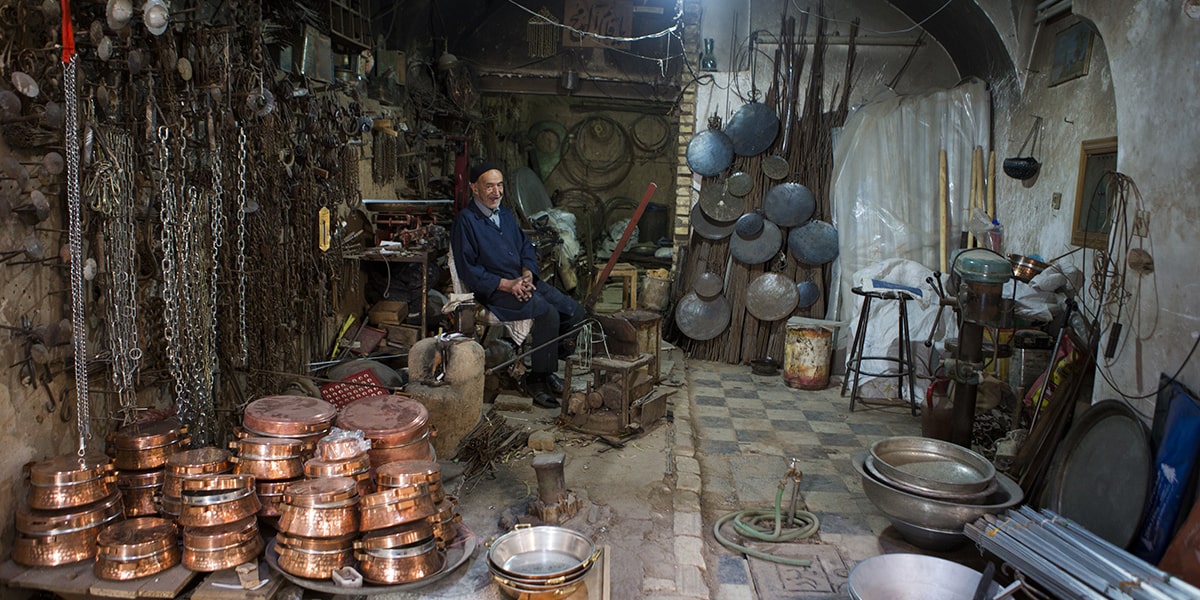
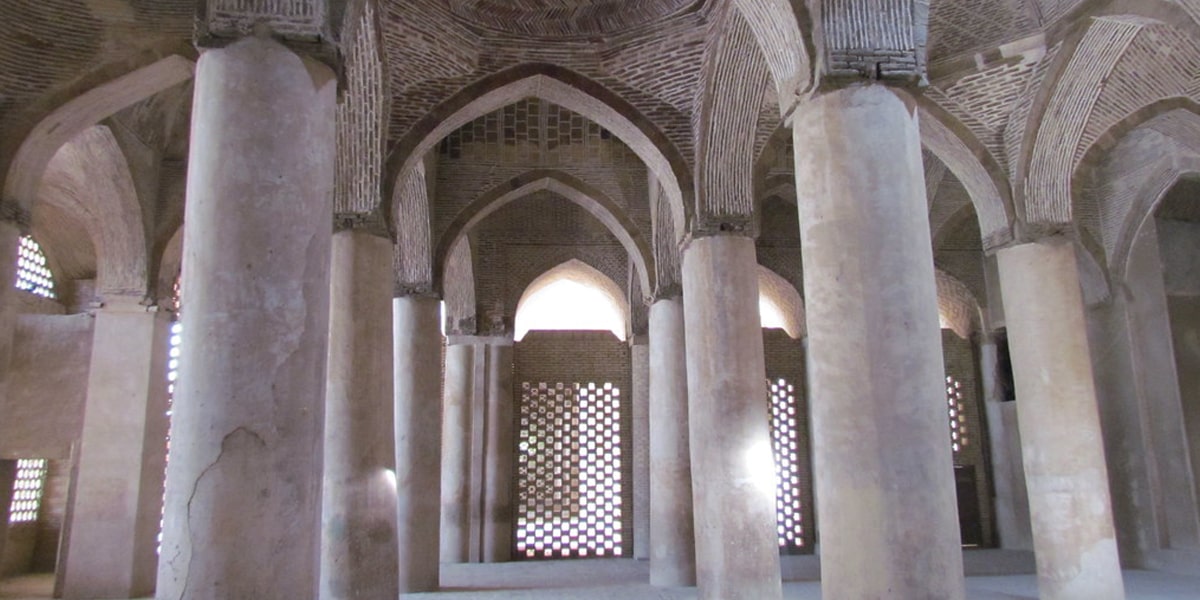
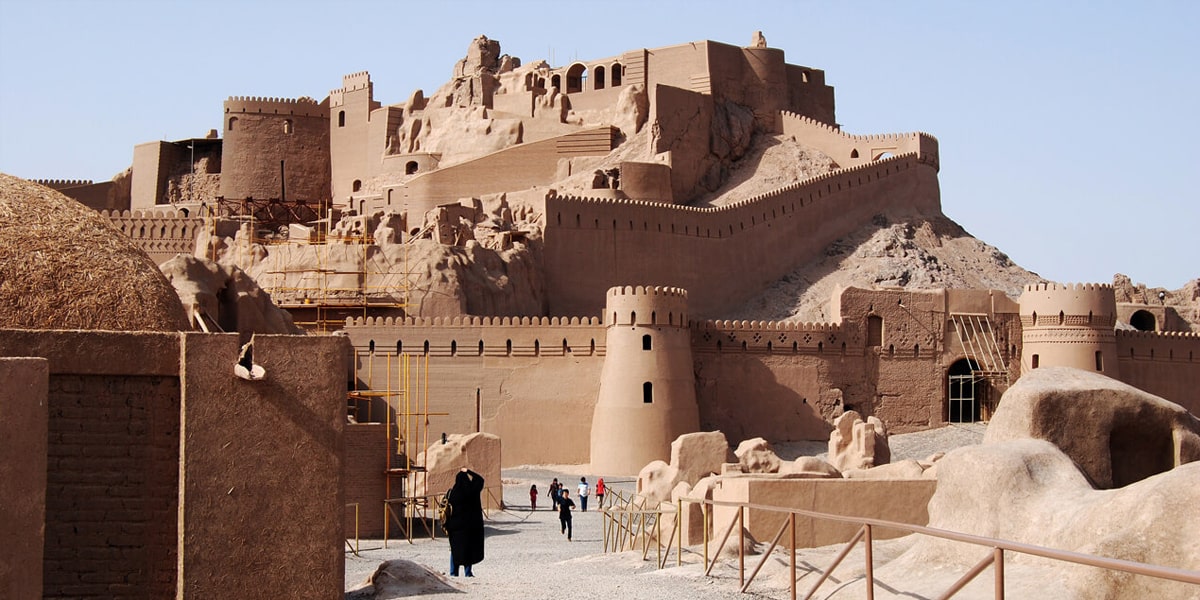
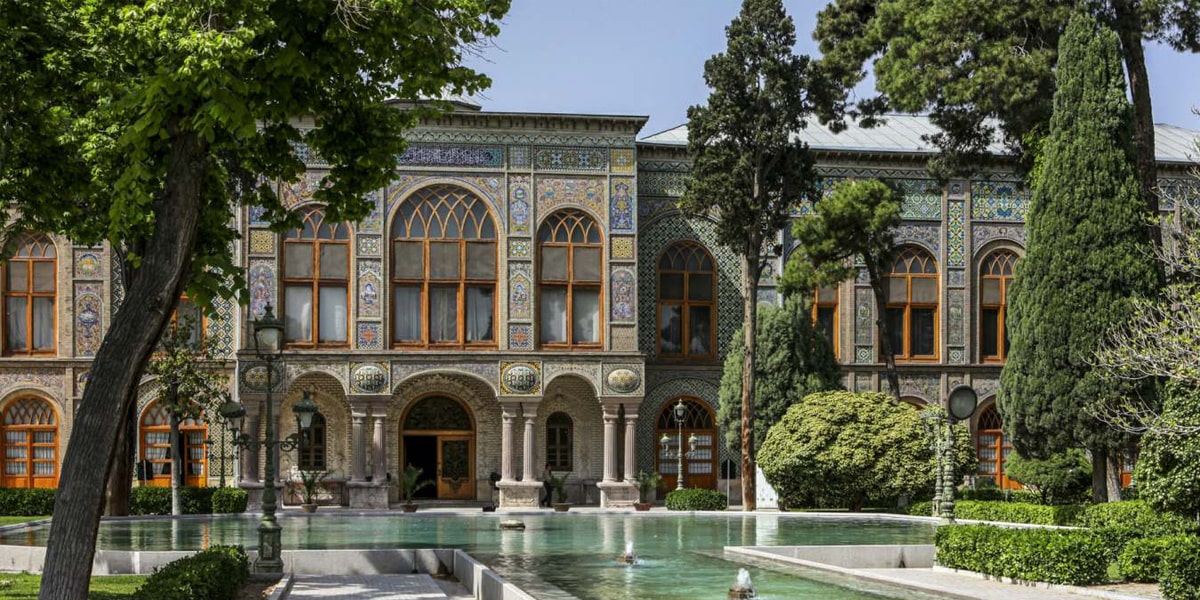
You need to be a member of Tripatini to add comments!
Join Tripatini